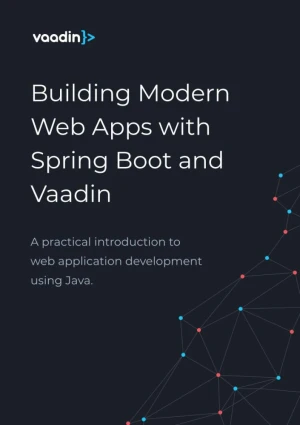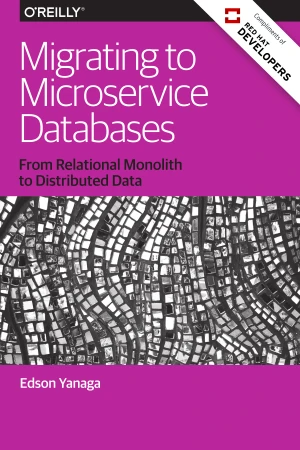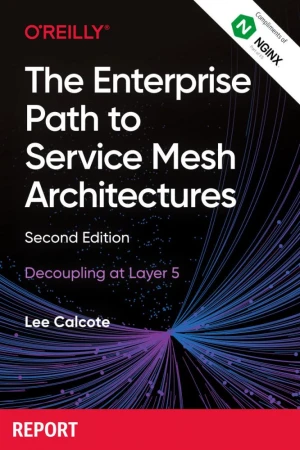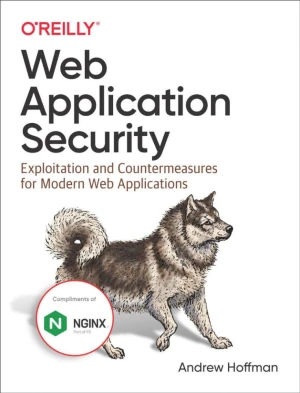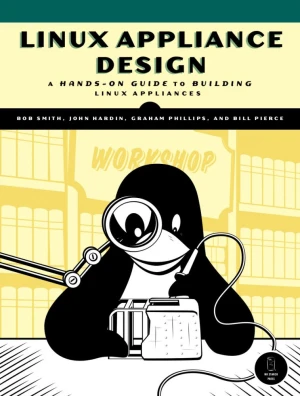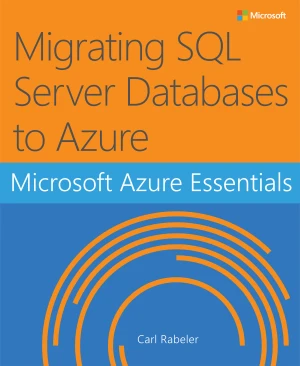Migrating to Cloud-Native Application Architectures
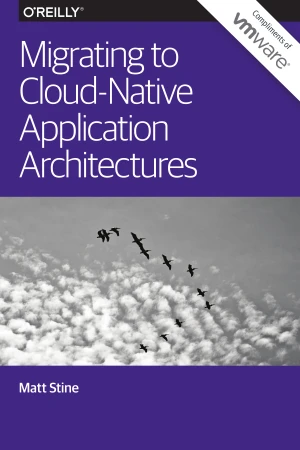
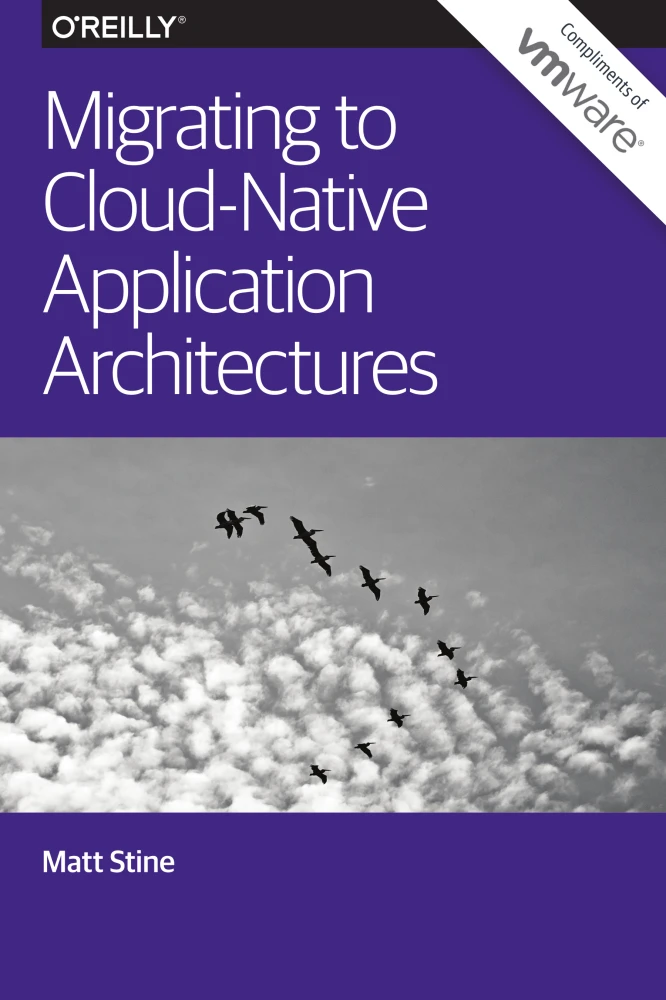
Book Details
| Author | Matt Stine |
| Publisher | O'Reilly Media |
| Published | 2015 |
| Edition | 1st |
| Paperback | 58 pages |
| Language | English |
| ISBN-13 | 9781492047605, 9781491924228 |
| ISBN-10 | 1492047600, 1491924225 |
| License | Compliments of VMware |
Book Description
Adoption of cloud-native application architectures is helping many organizations transform their IT into a force for true agility in the marketplace. This report defines the unique characteristics of cloud-native application architectures such as microservices and twelve-factor applications.
Author Matt Stine also examines the cultural, organizational, and technical changes necessary to migrate traditional monolithic applications and service-oriented architectures to cloud-native architectures. You'll also find a Migration Cookbook, with recipes for decomposing monolithic applications into microservices, implementing fault-tolerant patterns, and performing automated testing of cloud-native services.
This report discusses application architectures that include:
- The Twelve-Factor App: a collection of cloud-native app architecture patterns;
- Microservices: independently deployable services that do one thing well;
- Self-Service Agile Infrastructure: platforms for rapid, repeatable, and consistent provisioning of app environments and backing services;
- API-based Collaboration: published and versioned APIs that allow interaction between services in a cloud-native app architecture;
- Anti-Fragility: systems that get stronger when subjected to stress.
This book is published as open-access, which means it is freely available to read, download, and share without restrictions.
If you enjoyed the book and would like to support the author, you can purchase a printed copy (hardcover or paperback) from official retailers.
Download and Read Links
Share this Book
[localhost]# find . -name "*Similar_Books*"
Building Modern Web Applications With Spring Boot and Vaadin
This guide is a practical introduction to web application development with Spring Boot and Vaadin. It covers the entire development process, from setup to deployment, following a step-by-step approach. You can replicate each section at your own pace as you follow along. The content is suitable for anyone familiar with Java who wants to build a web
Migrating to Microservice Databases
After years of researching, coding, and talking about microservices, Edson Yanaga - Red Hat's Director of Developer Experience - hears one question frequently: how do I evolve my monolithic legacy database? In this practical report, Yanaga explains strategies for dealing with your relational database when migrating from a monolithic codebase to a m
The Enterprise Path to Service Mesh Architectures, 2nd Edition
Planning to build a microservice-driven cloud native application or looking to modernize existing application services? Consider using a service mesh. A service mesh approach can help you create robust and scalable applications, but it also introduces new challenges. This updated report answers common questions regarding service mesh architectures
Web Application Security
While many resources for network and IT security are available, detailed knowledge regarding modern web application security has been lacking - until now. This practical guide provides both offensive and defensive security concepts that software engineers can easily learn and apply. Andrew Hoffman, a senior security engineer at Salesforce, introduc
Linux Appliance Design
Modern appliances are complex machines with processors, operating systems, and application software. While there are books that will tell you how to run Linux on embedded hardware, and books on how to build a Linux application, Linux Appliance Design is the first book to demonstrate how to merge the two and create a Linux appliance. You'll see for
Migrating SQL Server Databases to Azure
SQL Server is Microsoft's relational database management system (RDBMS). SQL Server can now be hosted entirely in Microsoft Azure, either in a hosted virtual machine (VM) or as a hosted service. Hosting a virtual machine in Azure is known as infrastructure as a service (IaaS), and hosting a service in Azure is known as platform as a service (PaaS).

